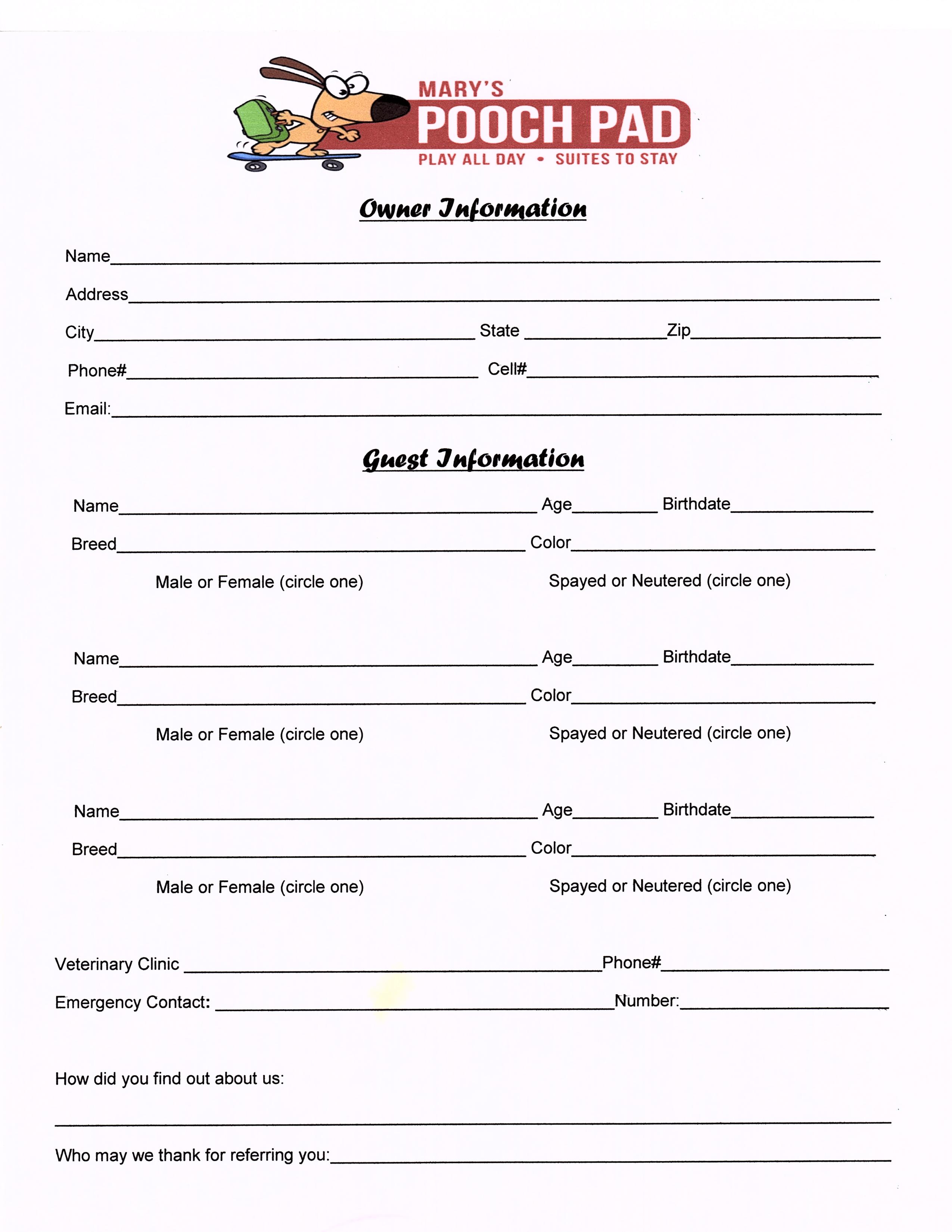5 Steps to Submit FMLA Paperwork in California Easily

Submitting Family and Medical Leave Act (FMLA) paperwork can seem daunting, especially when you're already dealing with the stress of a medical condition or family issues. However, by understanding the process and following a clear set of steps, you can manage this task efficiently in California. Here's how you can navigate the FMLA submission process smoothly.
Step 1: Confirm Your Eligibility for FMLA

Before you dive into the paperwork, confirm that you are eligible for FMLA benefits. Here are the basic eligibility requirements:
- Employment at a company with at least 50 employees within 75 miles of your work site.
- You have worked for the employer for at least 12 months.
- You’ve logged at least 1,250 hours of service in the 12 months prior to the start of leave.
Keep in mind that California also has its own state-level family leave program called the California Family Rights Act (CFRA), which might have slightly different eligibility criteria.
Step 2: Notify Your Employer

Once eligibility is confirmed, notify your employer as soon as possible. The key points to consider are:
- Timing: Notify your employer at least 30 days in advance when the need for leave is foreseeable. If not, give notice as soon as possible.
- Method: You can notify your employer orally or in writing, but documentation is preferable.
- Details: Provide the reason for the leave, the expected start date, and its estimated duration. This information will help your employer plan for your absence.
Step 3: Obtain the Necessary Forms

Your employer should provide you with the required FMLA/CFRA forms or direct you to the resources where you can download them:
- Form WH-380E (Employee’s Request for FMLA Leave).
- Form WH-380F (Certification of Health Care Provider).
- Other necessary documentation as required by your employer’s HR policy.
Step 4: Fill Out the Paperwork

Now comes the task of completing the forms:
- Employee’s Section: Fill out your part of Form WH-380E accurately. Include personal details, reason for leave, and expected leave dates.
- Healthcare Provider’s Section: The health care provider section requires detailed medical information. Either have your doctor fill it out or provide them with the necessary information to complete Form WH-380F.
Step 5: Submit Your Paperwork

With all forms completed, you’re ready to submit:
- Submission: Submit the forms to your employer’s HR department or the person designated to handle FMLA requests.
- Proof of Delivery: For added security, consider sending the forms via certified mail or keeping a receipt if submitted in person.
- Tracking: Keep a copy of all submitted documents and track your submission for any follow-ups.
🏠 Note: If your condition changes, or if you need to extend your leave, inform your employer promptly to keep the process smooth.
In wrapping up, handling FMLA paperwork in California doesn't have to be overwhelming. By following these five steps, you can ensure that your request for FMLA leave is processed promptly and efficiently. Remember to communicate openly with your employer, provide the necessary documentation, and keep track of your application's progress. This approach helps minimize stress and ensures your leave is legally recognized, allowing you the time you need to take care of your or your family's health without undue concern for your job security.
What happens if my employer denies my FMLA request?

+
If your employer denies your FMLA request, they must provide a reason. If you believe the denial is unjust, you can file a complaint with the U.S. Department of Labor or seek legal advice.
Can I take FMLA leave in chunks or intermittently?

+
Yes, FMLA allows for intermittent leave or reduced leave schedules when medically necessary. You’ll need to discuss this with your employer and have your healthcare provider provide appropriate certification.
How long can I be on FMLA leave?

+
Under FMLA, you can take up to 12 weeks of unpaid, job-protected leave within a 12-month period for specified family and medical reasons. This period can be used intermittently or all at once.



